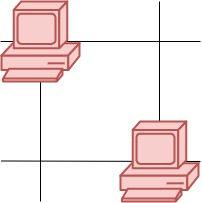https://leetcode.com/problems/compare-version-numbers/
Compare two version numbers version1 and version2.
If version1 > version2 return 1; if version1 < version2 return -1;otherwise return 0.
You may assume that the version strings are non-empty and contain only digits and the . character.
The . character does not represent a decimal point and is used to separate number sequences.
For instance, 2.5 is not "two and a half" or "half way to version three", it is the fifth second-level revision of the second first-level revision.
You may assume the default revision number for each level of a version number to be 0. For example, version number 3.4 has a revision number of 3 and 4 for its first and second level revision number. Its third and fourth level revision number are both 0.
Example 1:
Input:version1= "0.1",version2= "1.1" Output: -1

